Helioseismology

Helioseismology studies the wave oscillations in the Sun, similar
to the study of seismic waves on Earth.
These (acoustic) waves are affected by the physical
conditions (density and temperature) and deep turbulent motions
inside the Sun.
The Sun acts like a resonant cavity with
standing wave structures. These wave motions can be
observed at the solar surface. Scientists study the
observed wave patterns at the surface in order to understand
the Sun's interior.
We can see similar waves in other stars, allowing us to learn about their interiors too.
60 foot solar tower at Mt. Wilson Observatory
where pionering work on helioseismology was
started in the early 1960's
Click on image for full size (26K JPEG)
Image courtesy ofUniversity of Southern
California, 60 Foot Solar Tower at Mt. Wilson Observatory.
 A computer-generated image of an
acoustic wave
resonating in the interior of the Sun.
A computer-generated image of an
acoustic wave
resonating in the interior of the Sun.
 Sounds of the Stars
Sounds of the Stars
 The Sounds of the Sun brought to you by the BiSON network...
The Sounds of the Sun brought to you by the BiSON network...
 Video: Journey Beneath a Sunspot
Video: Journey Beneath a Sunspot
You might also be interested in:

George Hale was an American astronomer born in 1868. He grew up in a wealthy family and had always been interested in science and the stars. When George was young, his father even built him his own observatory
...more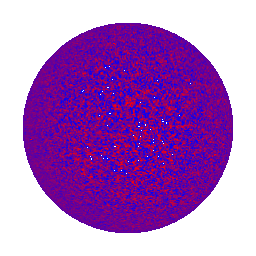
The Sun, as well as other stars, releases energy in the form of radiation and particles. The processes that produce this energy are taking place in the interior of the Sun, where direct observations are
...more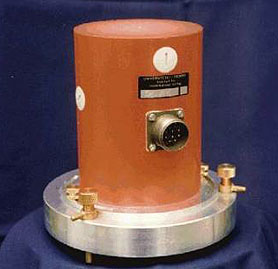
Scientists use a broad array of techniques and instruments to make the measurements needed for space weather investigations. Telescopic observations via spacecraft and ground-based observatories provide
...more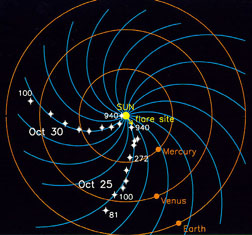
IMF stands for Interplanetary Magnetic Field. It is another name for the Sun's magnetic field. The Sun's magnetic field is enormous and is carried by the solar wind. The solar wind and magnetic field are
...more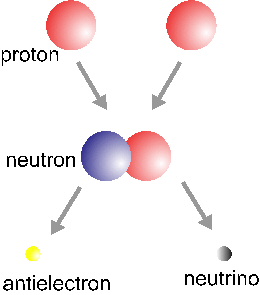
The basic Hydrogen fusion cycle involves four Hydrogen nuclei (protons) and two electrons and yields a Helium nucleus, two neutrinos and six photons. This process occurs in three steps: the first one is
...more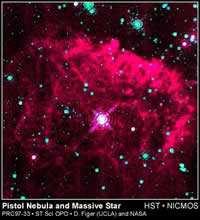
Fusion in the core of the stars is achieved when the density and temperature arising from the gravitational pressure are high enough. There are different fusion cycles that occur in different phases of
...more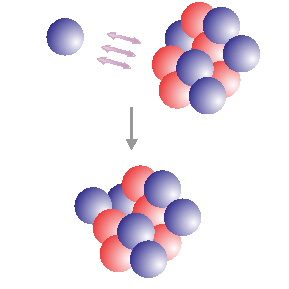
Neutron capture can occur when a neutron approaches a nucleus close enough for nuclear forces to be effective. The neutron is captured and forms a heavier isotope of the capturing element. When the new
...more
A Supernova is a very massive star that explodes at the end of its life cycle. The supernova is the furnace where the heavy elements (heavier than iron) are formed by neutron capture.
...more

 A computer-generated image of an
acoustic wave
resonating in the interior of the Sun.
A computer-generated image of an
acoustic wave
resonating in the interior of the Sun.
 The Sounds of the Sun brought to you by the BiSON network...
The Sounds of the Sun brought to you by the BiSON network... Video: Journey Beneath a Sunspot
Video: Journey Beneath a Sunspot













